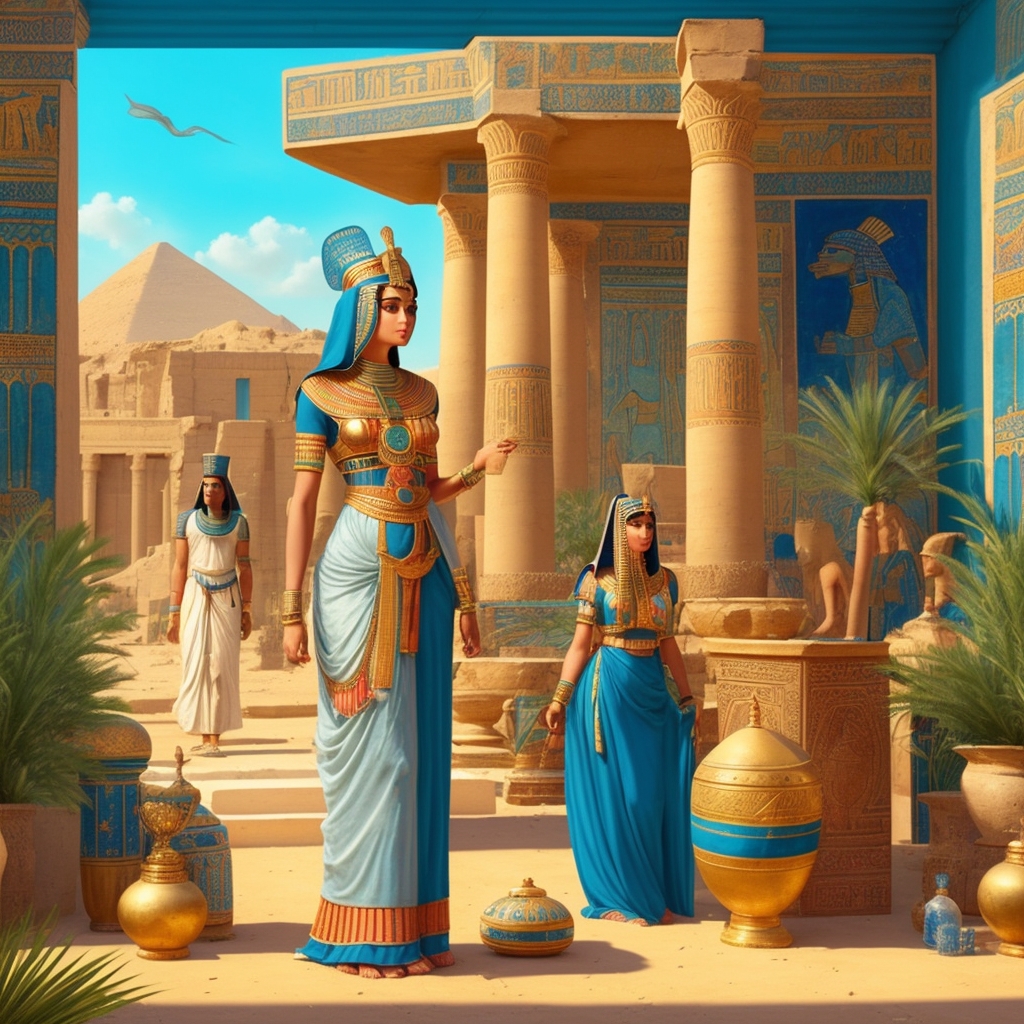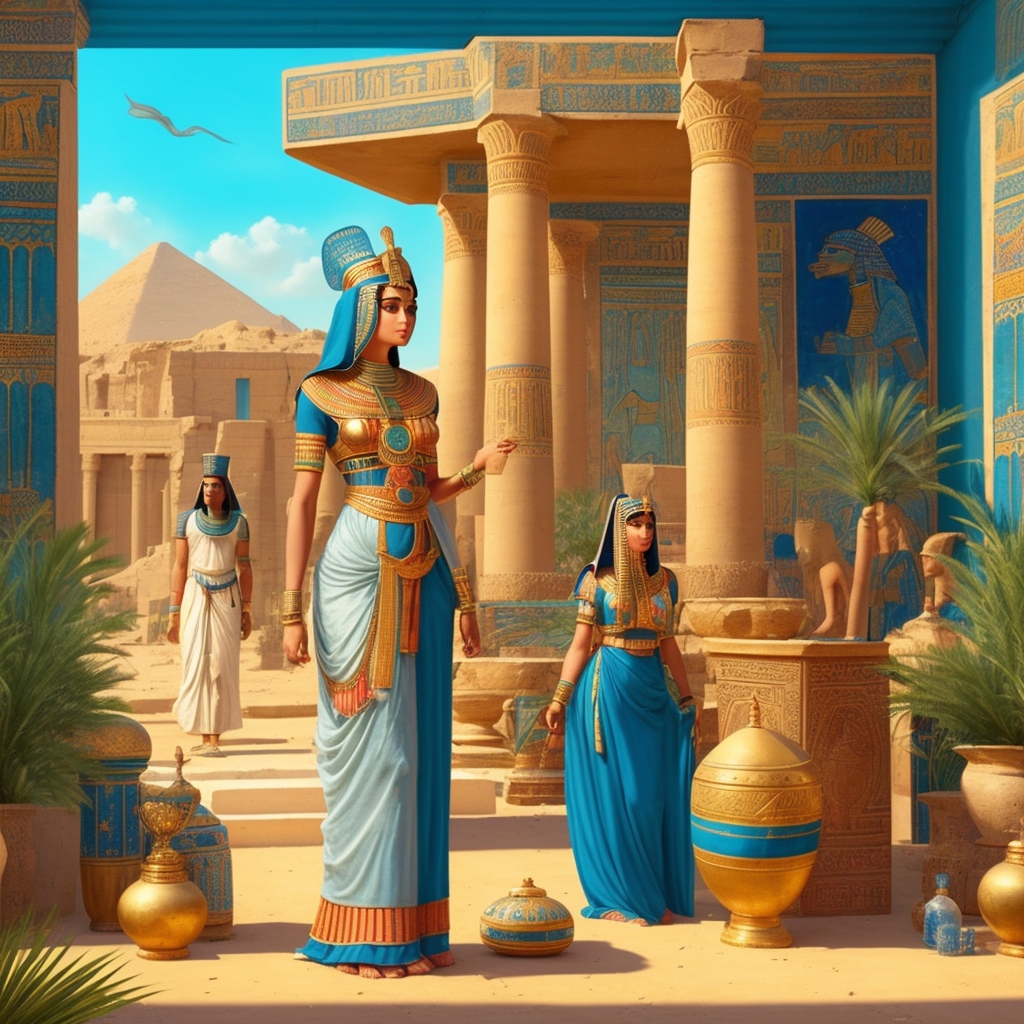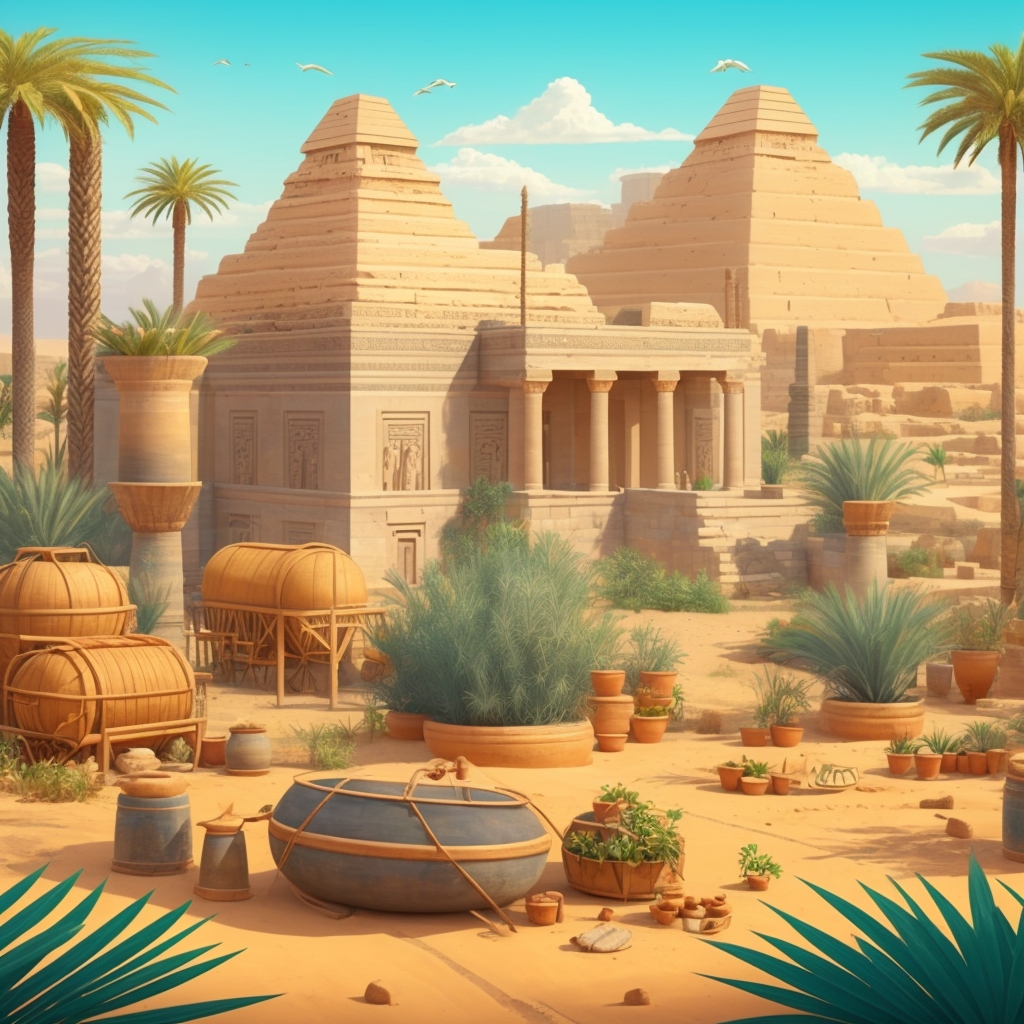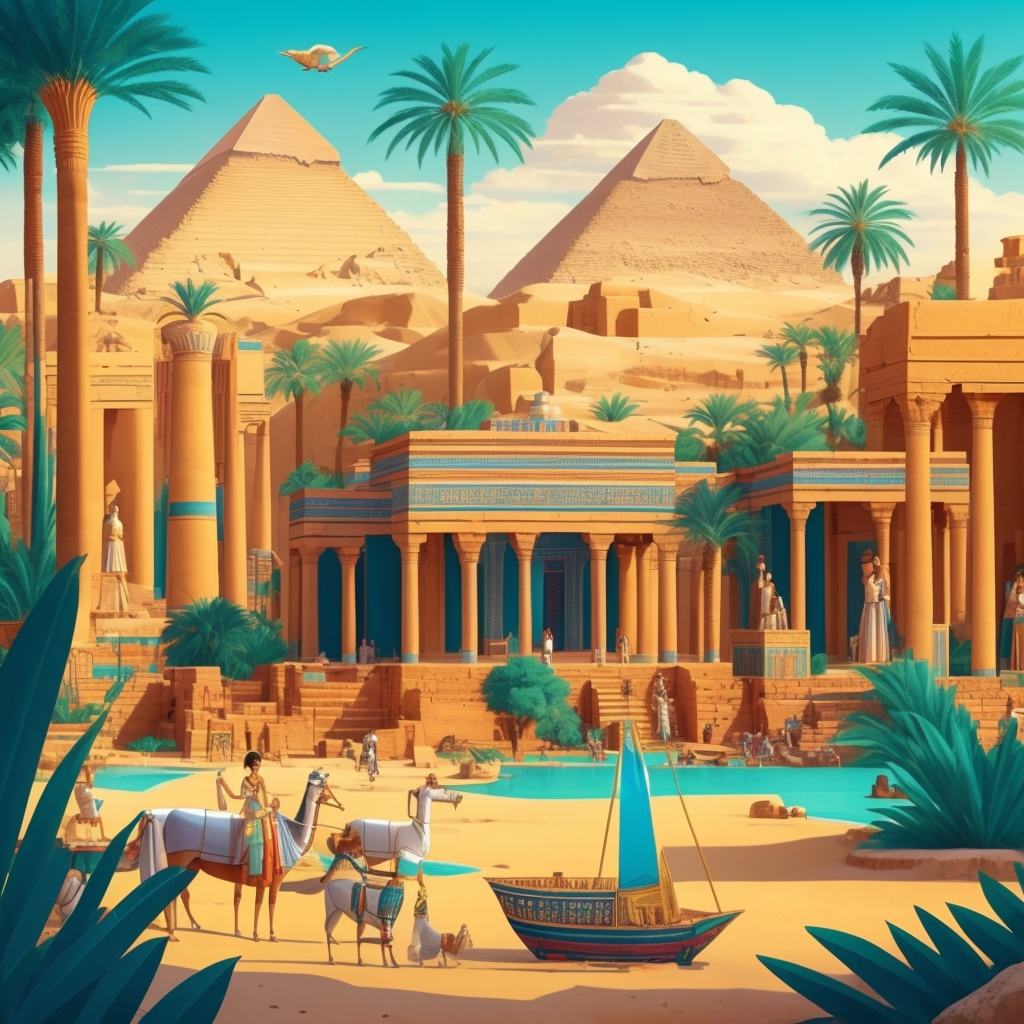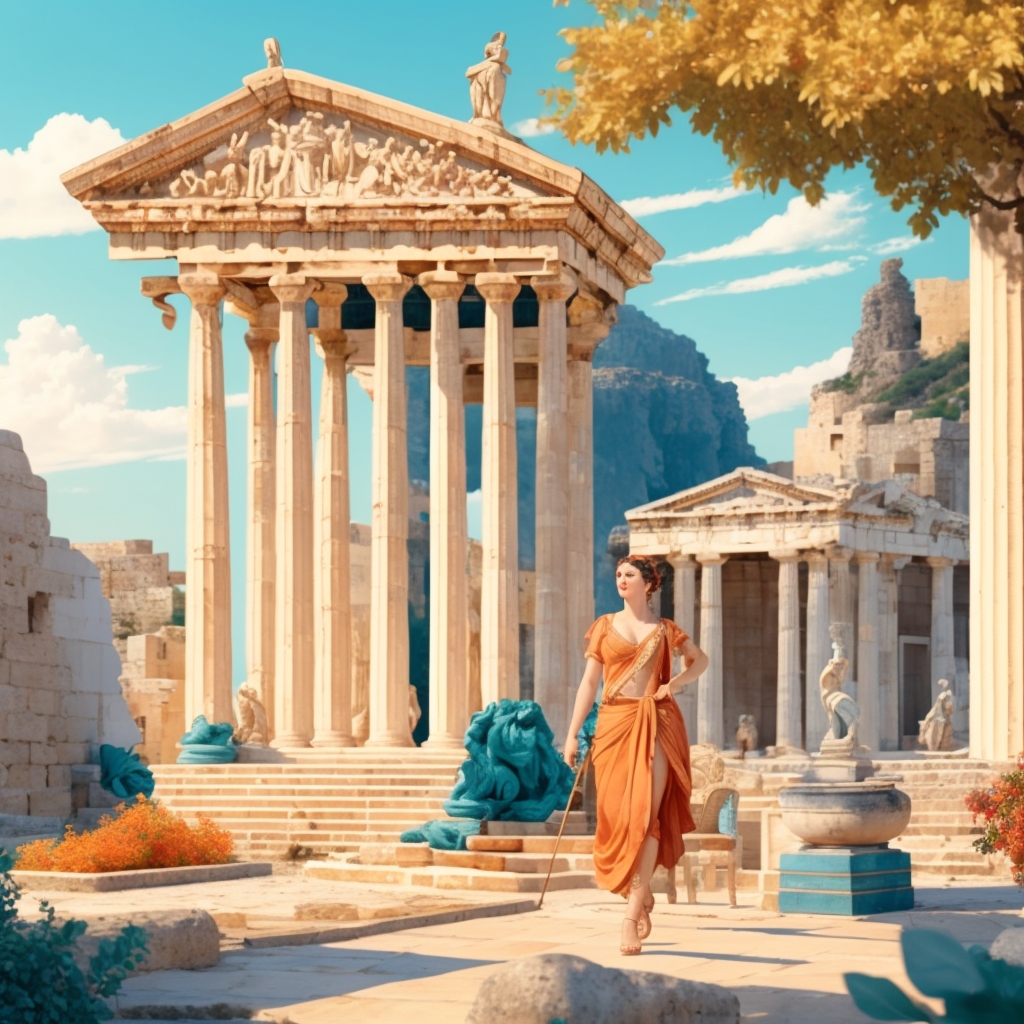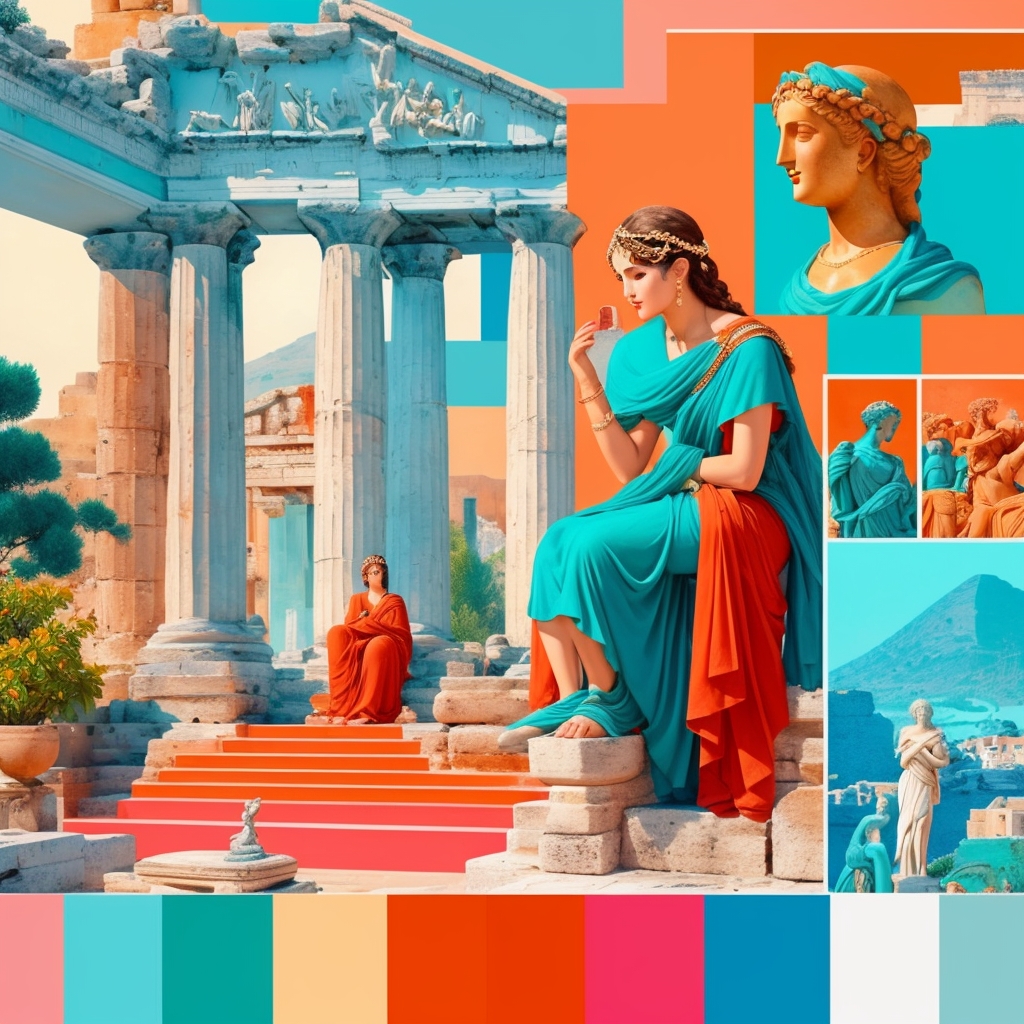Ancient Egyptian civilization is one of the most fascinating in history. Among its many features, religion held a central place. It influenced nearly every aspect of Egyptian daily life, from politics to architecture, and from economics to culture. This article explores how religion shaped both individual and collective life in Ancient Egypt.
The Spiritual Foundation of Egyptian Life
Religion as a Pillar of Society
In Ancient Egypt, religion was not just a personal belief—it was an omnipresent framework for daily life. Egyptians believed in a multitude of gods and goddesses, each with specific roles and powers. Daily rituals were performed to honor these deities and maintain cosmic harmony, known as Ma’at. Maintaining this balance was considered essential for the prosperity of Egypt, and any disruption could bring natural or social catastrophe.
Pharaohs: Intermediaries Between Gods and Humans
Pharaohs were seen as living gods and served as mediators between the divine and the mortal realms. Their role was to uphold Ma’at, thus ensuring the stability and prosperity of the nation. This belief justified their absolute authority and central role in society. Pharaohs were often depicted performing sacred rituals in temples and monuments.
Religion and Monumental Architecture
Temples and Pyramids: Symbols of Faith
Ancient Egyptian architecture is inseparable from religion. Temples were not just places of worship but also economic and administrative centers. They housed treasures, archives, and served as residences for priests. Pyramids, on the other hand, were monumental tombs designed to ensure the pharaoh’s resurrection and eternal place among the gods. Constructing these buildings required complex social organization and reflected the centrality of religion in art and architecture.
Concrete Examples and Use Cases
One example is the Karnak temple complex, one of the largest religious sites ever built. Dedicated to Amun-Ra, the chief deity of Theban theology, its construction spanned centuries. Wall inscriptions recount military victories and religious rituals, illustrating how deeply religion was embedded in political life.
Religion in Daily Life
Funerary Rites and Belief in the Afterlife
Religion placed great emphasis on life after death. Funerary rites were elaborate and designed to ensure the soul’s survival in the afterlife. Texts such as the Book of the Dead contained incantations to help the deceased navigate the afterlife. Tombs were often decorated with scenes of daily life, ensuring its continuation in the next world.
Religious Festivals and Celebrations
Religious festivals marked the Egyptian calendar. They were public celebrations that reinforced the connection between people and the divine. These events included processions, sacrifices, and offerings to the gods. One of the most famous was the Opet Festival, celebrating fertility and renewal, and reaffirming the pharaoh’s bond with the gods.
Key Points and Best Practices
- Religion’s Omnipresence: Religion was woven into all aspects of life, influencing politics, culture, and economy.
- Divine Intermediary: Pharaohs, considered living gods, mediated between humans and deities.
- Sacred Architecture: Temples and pyramids were physical manifestations of faith and played a central role in society.
- Belief in the Afterlife: Funerary rites and sacred texts reveal the importance of life after death in Egyptian thought.
- Festivals and Rituals: Religious celebrations reinforced social cohesion and collective identity.
FAQ
Who was the main deity in Ancient Egypt?
Amun-Ra was often considered the chief deity, especially during the New Kingdom period, when he was worshipped as king of the gods.
How did religion influence politics in Ancient Egypt?
Religion legitimized the pharaoh’s rule, as he was seen as a divine being. His duty to maintain Ma’at reinforced his political authority.
Why did Egyptians build pyramids?
Pyramids served as tombs for pharaohs and were meant to ensure their resurrection and immortality in the afterlife.
What roles did priests play in society?
Priests were responsible for performing religious rituals and maintaining temples. They also held important roles in administration and the economy.
How did funerary rites reflect Egyptian beliefs about the afterlife?
Rituals like mummification and burial with valuables aimed to protect and guide the soul through the afterlife, according to Egyptian spiritual beliefs.
Conclusion
Religion was the glue of Ancient Egyptian society, shaping every facet of life—from politics and architecture to daily practices and beliefs about the afterlife. As a cultural and collective force, religion influenced Egypt’s development and left a lasting legacy that continues to fascinate and inspire. To learn more about the role of religion in history, visit Ancient History Encyclopedia.
